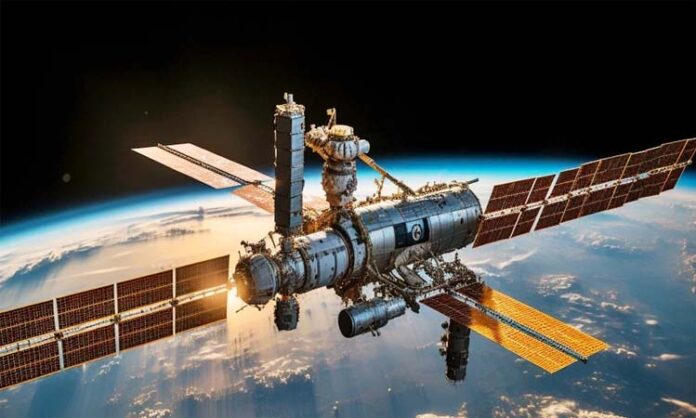The construction of the first module of the Bharatiya Antariksh Station (BAS-1) marks a significant expansion of the Gaganyaan program. This decision paves the way for missions to develop and validate the technologies required to build and operate the Indian space station.
The revised scope of the Gaganyaan program will now include precursor missions for BAS, additional hardware requirements,and the inclusion of an additional uncrewed mission.
The Gaganyaan program, initially approved in December 2018, was designed to launch human spaceflight missions to Low Earth Orbit (LEO) and lay the groundwork for India’s long-term ambitions in human space exploration. The expanded vision of the Indian space program during
Amrit Kaal includes establishing an operational Bharatiya Antariksh Station by 2035 and sending an Indian crewed mission to the Moon by 2040. The program will involve eight missions, to be completed by 2028, including the launch of the first unit of BAS-1.
ISRO will lead the Gaganyaan program, working closely with industry,academia, and other national agencies. Four missions under the current Gaganyaan plan are expected by 2026, followed by four additional missions focused on demonstrating and validating technologies for the space station by December 2028. India will acquire vital capabilities for human space missions to LEO through the establishment of BAS.
This national space facility will significantly enhance microgravity-based scientific research and technology development. The resulting technological advancements will likely lead to innovations across multiple sectors. Additionally, the program is expected to spur increased industrial participation and economic activity, generating employment, particularly in high-tech fields related to space and allied industries.
The revised Gaganyaan program now has a total funding allocation of ₹20,193 crore, with an additional ₹11,170 crore in newly approved funding. The program will present an exciting opportunity for India’s youth, inspiring careers in science, technology, and microgravity research, ultimately benefiting society through the resulting technological innovations and advancements.














